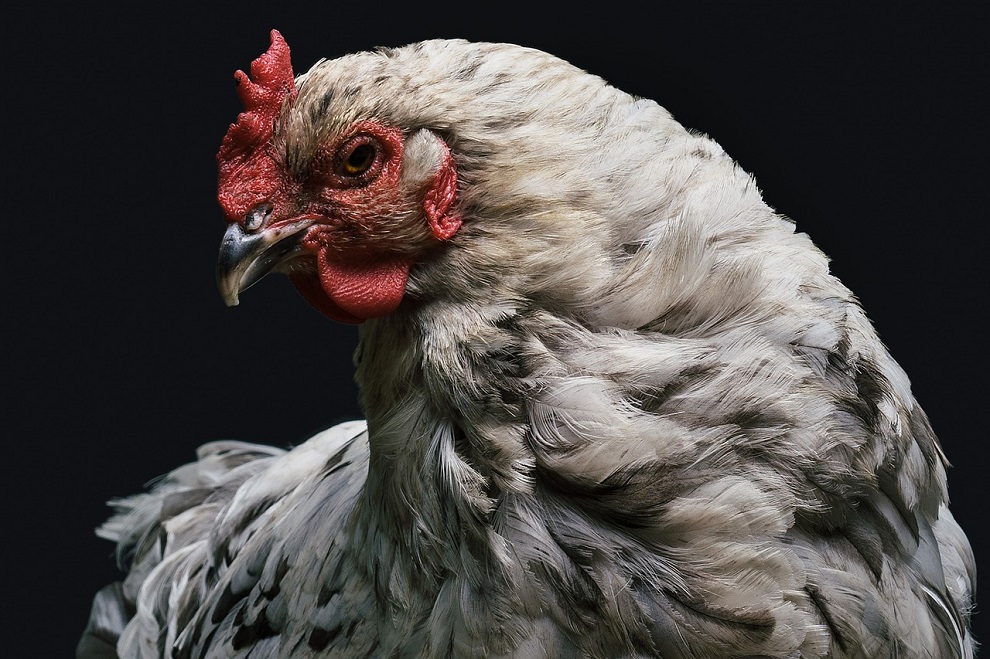Animal health and welfare are linked

Animal welfare and health concepts can often be confused and sometimes interchanged in conversations. Today, there is a wide consensus that although these are two distinct concepts, they are inherently linked. Animal health is a prerequisite for animal welfare. As with people, any illness can lead to pain, discomfort, loss of appetite, etc., meaning that people, or in this case, animals, do not feel well. Likewise, when animals are stressed, not well-fed or cared for, then disease can strike. So, there is an inherent link between the two concepts.
European farmers are well aware that in the instance of disease, it is important to seek veterinary care so that the appropriate treatment can be advised to avoid animal suffering and uphold good welfare standards. If the welfare of animals is poor, when they don’t feel well or feel stressed, there is increased susceptibility to disease and aggressive behaviour. This is not in the farmer’s interest, so the farmer will take appropriate measures to ensure good animal welfare.
This intertwined relationship between the health and welfare of animals makes both concepts extremely important in livestock farming. In practice, they are of equal importance, not only for the animals themselves but also in a broader societal context, because animal health and welfare are both important aspects of food safety and meat quality, as well as public expectation. Some argue that transitioning to higher numbers of farm animals compromises animal welfare, saying the sheer number of animals makes it impossible to provide individual care and attention. However, no positive or negative links between farm size and animal welfare have been confirmed in studies specifically examining this.
There is no evidence that farmers on large farms view the welfare of animals differently than farmers on small farms. Depending on considerations of what welfare entails, smaller farms are more likely to accommodate outdoor access, and some people value this aspect when considering animal welfare. Still, there is no evidence to support lesser welfare standards from indoor housing. What can be established about larger farms is that such production systems are more likely to implement science-based, standard operating procedures. Besides, they can provide training for their employees, use technology to track and monitor animals and implement costly changes to improve welfare.
The policy and advocacy efforts to reverse farm size would be better directed toward improving welfare on farms of all sizes. Animals get sick from time to time, just as people do, but again, there is no explicit link between animal diseases and the farm setting. Strict EU and national control measures with strong biosecurity guidelines are generally in place to uphold animal health. And Europe’s farm-to-fork monitoring system includes key policies for animal health management, supported by the wide availability of preventive solutions, like vaccines or diagnostics for early detection and treatments. No matter the farm size or practice, good animal health relies on sound farm management and continued cooperation between the relevant stakeholders in Europe.
Each system has its merits and its challenges. For example, contrary to some beliefs, free-range animal housing systems can present challenges, which can be overcome through increased vigilance and reinforced biosecurity measures. Overall, there is a consensus that no matter the holdings, healthier herds mean better yields, so it is always in the farmer’s interest to ensure their animals’ good health and welfare.